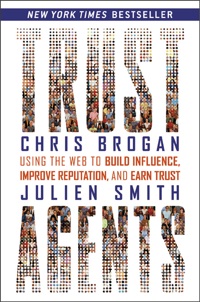If you’re a photographer I wonder if you can relate to this?
You’ve shot a roll of film and taken it in to get developed. Anticipating some great shots, you eagerly flip through your prints to see what they’re like.
More often than not, I’ve come away with a few I really like, but for various reasons, many just don’t cut it.
Digital cameras have certainly made things easier, in terms of getting immediate feedback. You can take your picture, “chimp it” through the LCD monitor, and if you don’t like it, delete it.
Since switching to digital, I take many more pictures, but I’m not sure they’re better than the ones I shot with film. So a few weeks ago I enrolled in a photography class taught by Mitch Stringer at our local college.
In our class last week, we had an interesting discussion on the percentage of shots pros take that they consider to be keepers.
Mitch recounted how for last years Super Bowl, an event that lasted 2 1/2 hours, Sports Illustrated recruited 12 of the very best sports photographers. On average, their equipment was worth $50,000 – in other words – lots of very expensive long lenses. Collectively, those 12 photographers took 16,000 shots. Of those, how many were considered Sports Illustrated quality? 75!
Shooting sports is tricky – you’ve got to know where the play is headed and when they’ll be there. According to our instructor, if you’re shooting a baseball game, include the baseball in the shot. Same with tennis. Hard to do I know.
When you’re flipping through your prints, or scanning through them on your monitor, be aware that on average, pros will consider 1.5 – 1.7% of their photos to be keepers.
I came home from class that night feeling inspired to get out there and practice. I also know that this is a journey and the more I progress, the fussier I’ll get in terms of which photos I keep and which I delete.
Photo credits:
Heinz Kluetmeier/SI (photo of Tracy Porter) and Bob Martin/SI (photo of Rafael Nadal)
























































Recent Comments